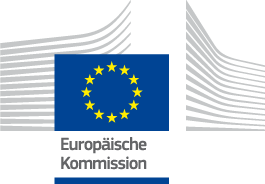
FARNET
Fisheries Areas Network

The following country factsheets provide an overview of each country’s challenges, priorities and budget allocated to Community-Led Local Development (CLLD) supported by the European Maritime and Fisheries Fund (EMFF).